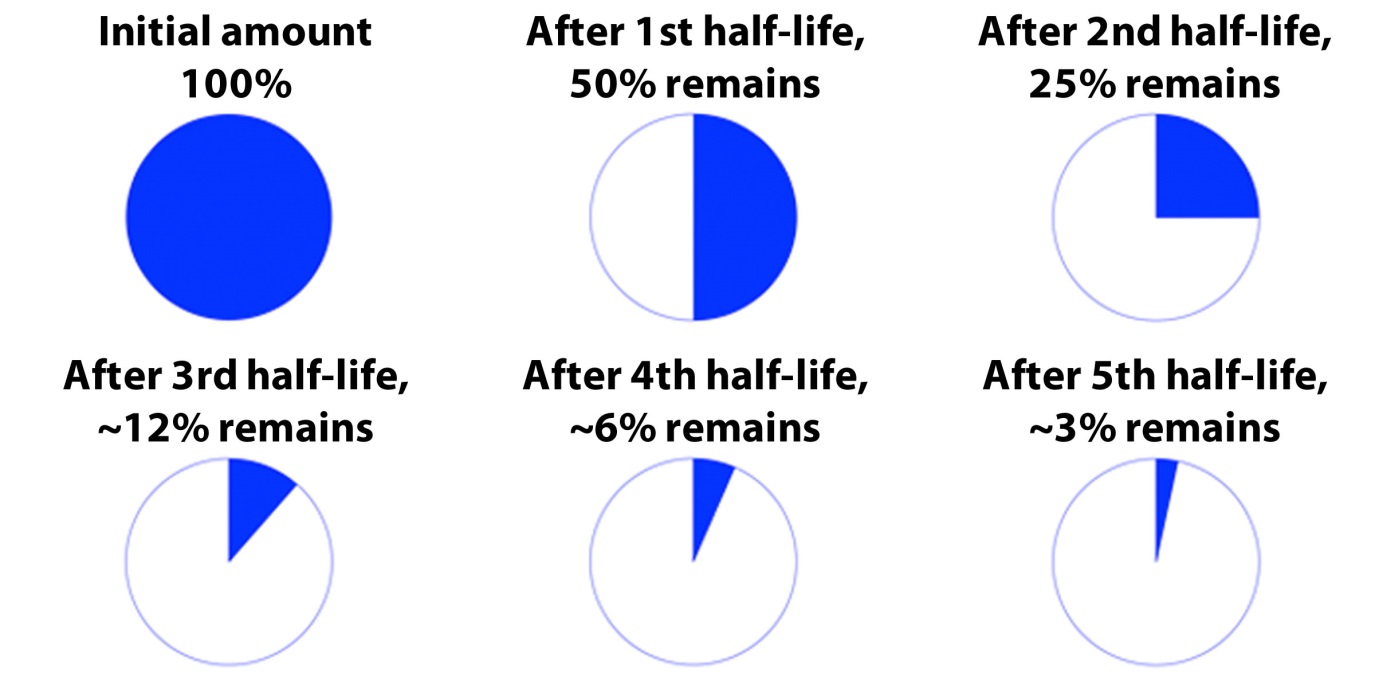Fire Ant Management by Molly Keck, Extension Program Specialist II
Rain brings fire ants… at least that’s what people say. Rain doesn’t necessarily make fire ants more abundant – they were always there, they just weren’t as noticeable. When it rains, the ground becomes saturated and the fire ants move their colonies higher. When they pop above the ground, you come across them more readily and its gives the impression that there are more and they are worse than during dry months.
Unless you have been treating regularly, I think its a pretty safe assumption that at least one mound is in your yard. I have many (way too many) mounds. I find them when I’m weeding my garden, in my veggie beds, along the sidewalk, next to my newly planted fig tree, and in the smack middle of the yard. They are huge, ugly, and ominous. Not since my graduate days studying and digging up fire ant mounds have I had as many stings on my hands and feet!
So… what to do about them? There are many options for fire ant control, so I’m going to give you the most common situation and my suggestions for control:
Fire Ants in Veggie Gardens. You have limited options here and must be careful to read labels to make sure they are labeled for use around vegetables. Boiling water and oils will work, but depending on how close that mound is to the plants, you may kill the roots. I suggest Spinosad as either a drench or bait. Both are labeled for use in vegetable gardens.
Fire Ants without Visible Mounds. Baits are definitely the way to go here. If you can’t see the mound, you can’t drench it properly. Baits are taken back into the nest and fed to everyone, including the queen. Baits may take up to 2 weeks to work, so be patient.
Fire Ants in Yards. My suggestion for this is to treat individual mounds and follow up a couple of days later with a broadcast bait. You will eliminate or at least reduce the size of the mounds you treat individually and the bait will help keep the populations down and knock out the mounds that you didn’t see.
I’m Having a Party (Game)…. Tomorrow! In this case, you want to use either a broadcast granule or individual mound treatments…. or both. If the populations are super dense (like we are seeing right now), treat the individual mounds with a liquid drench or dust labeled for fire ants. Then do a broadcast granule to provide a barrier to prevent new mounds from popping up and treat the unseen mounds you missed.
Long Term Fire Ant Management. If you can’t stand the emergency treatments and want to get on a regimen, baits are again the way to go. If the populations are fairly low to begin with, you can treat every 6 months. Treatments in the fall may result in no ants in the spring, in which case you can eventually drop back to once every 12 months. If the mounds are pretty dense, you may need to treat once and then again in 6-8 weeks. Then get back on the every 6 month routine.
As with all pesticide use – read the label first, apply only what is recommended, wear protective clothing, and don’t overuse. One reason I like baits is that food for the fire ants and they are attracted to it. You end up applying less pesticide into the environment and usually get better and more long term results. If in doubt of what to use, see if an bait is available
For more information check out these links
School IPM Action Plan for Fire Ants
Fire Ants and the Texas IPM in Schools Program
All about Fire Ants – eXtension
What is a Pesticide Half-Life and Why Should I care? Article published by NPIC
A half-life is the time it takes for a certain amount of a pesticide to be reduced by half. This occurs as it dissipates or breaks down in the environment. In general, a pesticide will break down to 50% of the original amount after a single half-life. After two half-lives, 25% will remain. About 12% will remain after three half-lives. This continues until the amount remaining is nearly zero.
Each pesticide can have many half-lives depending on conditions in the environment. For example, permethrin breaks down at different speeds in soil, in water, on plants, and in homes.
- In soil, the half-life of permethrin is about 40 days, ranging from 11-113 days.
- In the water column, the half-life of permethrin is 19-27 hours. If it sticks to sediment, it can last over a year.
- On plant surfaces, the half-life of permethrin ranges from 1-3 weeks, depending on the plant species.
- Indoors, the half-life of permethrin can be highly variable. It is expected to be over, or well over, 20 days.
Why is a pesticide’s environmental half-life important?
The half-life can help estimate whether or not a pesticide tends to build up in the environment. Pesticide half-lives can be lumped into three groups in order to estimate persistence. These are low (less than 16 day half-life), moderate (16 to 59 days), and high (over 60 days). Pesticides with shorter half-lives tend to build up less because they are much less likely to persist in the environment. In contrast, pesticides with longer half-lives are more likely to build up after repeated applications. This may increase the risk of contaminating nearby surface water, ground water, plants, and animals.
However, pesticides with very short half-lives can have their drawbacks. For example, imagine that a pesticide is needed to control aphids in the garden for several weeks. One application of a pesticide with a half-life of a few hours will probably not be very effective several weeks out. This is because the product would have broken down to near-zero amounts after only a few days. This type of product would likely have to be applied multiple times over those several weeks. This could increase the risk of exposure to people, non-target animals, and plants.
To read the complete fact sheet go HERE
Announcing EPA’s Updated Website for schools: Managing Pests in Schools
As part of EPA’s ongoing effort to build a more user-friendly website, we have transformed our Managing Pests in Schools website into a new, easy-to-use format. Information on school Integrated Pest Management (IPM) should now be easier than ever to access, regardless of the type of electronic device being used, including tablets and smartphones.
 IPM is an effective and environmentally sensitive approach that offers a wide variety of tools to reduce contact with pests and exposure to pesticides. The website focuses on providing vital information in the school setting for parents, school administrators, staff and pest management professionals. Knowledgeable, proactive stakeholders can help a community prevent or significantly reduce risks from pests as well as unnecessary pesticide use.
IPM is an effective and environmentally sensitive approach that offers a wide variety of tools to reduce contact with pests and exposure to pesticides. The website focuses on providing vital information in the school setting for parents, school administrators, staff and pest management professionals. Knowledgeable, proactive stakeholders can help a community prevent or significantly reduce risks from pests as well as unnecessary pesticide use.
The website is organized into the following areas:
- About Integrated Pest Management in Schools
- Establishing Integrated Pest Management Programs
- Pests of Concern in Schools
- IPM Training and Certification
The old Web pages will redirect to the new website, and we encourage visitors to update their bookmarks with the new URLs.
The address for the new website is http://www2.epa.gov/managing-pests-schools



 .
.